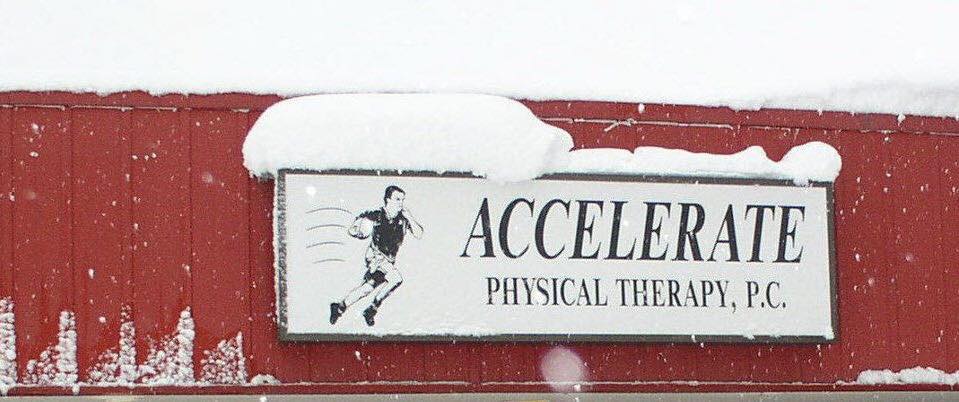General Exercise—an area of the game often ignored by amateurs
Most non-professionals rush from work to their cars, show up at the course, take their clubs out of the trunk, hop on a motorized cart to the tee, and start swinging! This can be very dangerous!
Forever looking for that magical move that takes strokes off your score probably leads you straight to the driving range to hit a few hundred golf balls. Sure! Practice makes perfect, right? Even simple pre-season training drills will improve your swing, game and help prevent mid-season injuries for years. Let’s go golfers, other sports have pre-seasons. Let’s catch on!
What’s the bottom line?
The goals of any golfer are:
Increase range of motion in the golf swing. Improved flexibility allows a complete backswing and extended follow through. Having this full ROM will decreased chance of injury.
Add control and power to the golf swing. Well trained muscles increase control and ability to generate more club head speed.
Improve energy and endurance. muscular control will improve function and muscles will tire less through each round.
Reduce chance of injuries on the golf course through stretching and identifying uncomfortable movements.
Analysis of “Your Swing”
Leg and hip is responsible for power production initiation of the golf swing.
Trunk muscles transfer power from the legs to the torso to accelerate the club head.
Chest and shoulder muscles produce the actual swing action and play critical role in club head speed.
Arms are responsible for club control and largely determine club head impact.
Off-Season:
Three strength training sessions per week for general base and core strengthening, as well as for muscle control is sufficient. During the off season months is the best time to focus on overall muscle strength and enhance golf driving power.
Examples of exercises include all on machines: leg press, squats, hip abduction and adduction, trunk rotations, push ups, planks, standing hip extension, abdominal crunches.
Pre-Season:
Once you have a strong base and balance of muscle, you can maintain by reducing your total body strength training sessions to twice per week. Now is the time to develop sport specific skills utilizing tiny, but key muscles such as low back and rotator cuff musculature.
This program might include progressing to free weight and cable or theraband as resistance. Exercises would include leg press, squats, hip abduction and adduction stepping with theraband resistance, standing cable trunk rotations, push ups, planks, U stance training with theraband leg swings, hip extension, trunk rotation and abdominal crunches.
In-Season:
Practice and Play! To prevent injury after long activity days with multiple rounds, you must take care of the sport specific muscles. Stretching muscles used will aid in not only assist in a better golf swing with a larger range of motion, but injury prevention as well.
The basic flexibility exercises that are relevant to golfers are standing or seated hamstring, lower back, and upper back and shoulder stretches.
These stretches will allow for the ability to play and practice more golf with fewer aches and pains at the 19th hole as well as on off days.
